
Open It! - 4 in 1 Box Cutter
Open It! - 4 in 1 Box Cutter
Earn 18 points on this purchase! Learn more
Check out our shop to see what’s available






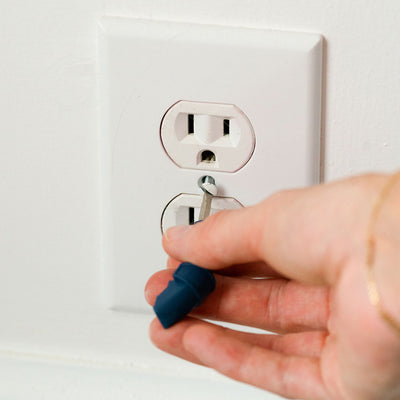











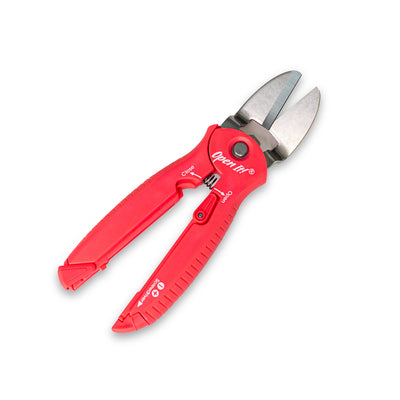
Earn 18 points on this purchase! Learn more
GENERAL CHALK PAINT QUESTIONS
Q1. When is it best to use chalk paint versus another medium?
A1. I think Chalk Paint is excellent if you would like to distress your piece because it distresses easily and it's easy to use. I think if you are a beginner like you mentioned before, that's it's the paint that I started on. About nine years ago it was Annie Sloan when she came over to the United States, that's what I started with and is great for beginners.
Q2. Does chalk paint chip easily?
A2. No, as long as you seal it well it will not chip on you.
Q3. Is chalk paint long lasting, and I'm assuming that the answer is yes?
A3. Yes, it is as long as you seal it well. Sealant is key.
Q4. Do you recommend making your own chalk paint?
A4. I make my own because I just always have, but it's not the easiest process. I use Plaster of Paris and you can't use much or it will it will really thicken too much and harden on you. My advice is BB Frosch has come out with a powder that you can mix into paint and I would suggest going more that route than the way that I do it because it's much more user friendly.
Q5. Is it OK to paint over Chalk paint with another paint medium?
A5. It is water based so you can paint on top of it, but I would recommend scuff sanding the piece, especially if there's any sheen on the piece whatsoever. I would just make sure that you sand it down really well so that the new paint will adhere to it well.
Q6. Can you paint chalk paint over other paints?
A6. I have before, I think it really just depends on the paint that was used on the piece before me. I would say for oil-based paints you really need to take the time to sand that off.
But chalk paint is pretty amazing. It has the adhesion properties of it are pretty amazing.
You may be fine with it, but personally I would sand it first.
Q7. Can you paint white chalk paint over black paint on a side table?
A7. Yes. I would just make sure that you sand it first. Then, take the extra step to apply two to three coats of primer first.
Q8. If you have to strip chalk paint, do you find it easier to strip than other paints?
A8. I don't believe I have ever stripped chalk paint. I don’t know the answer but I would guess that it might be a little bit more forgiving.
PREPPING
Q9 How do I prep my piece for chalk paint?
A9. I take wood filler and fill in any of the scratches or the chips. Then, I do a really good scuff sand on it especially on the tops of pieces that have quite a bit of scratches. Typically I will sand the top down to the raw wood and then clean it thoroughly and you're ready for the chalk paint.
Q10. I heard it's not necessary to sand the piece being worked on. Is that true?
A10. I make sure to clean before I paint. I would take the time to fill in any of the blemishes and sand it. It helps the paint adhere to it.
Q11. Can I use chalk paint over a previously waxed or sealed surface?
A11. Yes, just make sure that you do a good sanding on it.
PAINTING
Q12. How much paint is needed - does chalk paint go further?
A12. A little goes a long way, so it really all just depends on the size of your piece and
on the color. Light colors definitely take additional coats.
Q13. Do you have to work fast when using chalk paint?
A13. No, it doesn't dry so quickly that you have to work fast, but I would definitely go at your pace, moving as quickly as you can while still doing a good job.
Q14. Do I mist my furniture as I paint or do I thin the paint?
A14. So, I have found that chalk paint depending on the brand can be pretty thick and so typically you want to make sure you store it thoroughly every time before you paint. I would typically add a little bit of water to mine and I just apply thin coats.
Q15. This may be a little bit difficult depending on the color, but how many coats is usually needed when you use chalk paint?
A15. Typically, I would say with the darker, more saturated colors, maybe between two to three coats. On the lighter colors, especially in the white family I prime and depending on the original color of the piece, two to three coats of primer and then 3 to 4 coats of white paint and then multiple coats of sealant.
Q16. So what is the hardest part of working with chalk paint?
A16. I think it can be a little bit thick, so as long as you water it down a little bit, it's totally fine.
Q17. What is the easiest thing about working with chalk paint?
A17. It's super easy to apply and it's very easily distressed.
Q18. Is Chalk Paint good for blending?
A18. If blending for an ombré style, I personally don't do that technique, but I would imagine that it is conducive for that. If you're referring to mixing chalk paint, yes - if you want to do a custom color mix.
Q19. What one thing do you need to remember when working with Chalk Paint?
A19. Add a tiny bit of water, store it well, and apply thin coats.
Q20. Any special techniques when painting with chalk paint?
A20. Use your Zibra brush! Apply thin multiple coats and paint neatly with long clean strokes overlapping each one.
Q21. Do I have to wash my brushes after each use even if I'm going to use the same brush and paint tomorrow with Chalk Paint?
A21. I will typically use something like a zip-lock bag or a paintbrush container and keep it overnight. I don't go longer than just overnight. Make sure the brush is pretty wet when you store it. Then clean your brush. A brush comb is a great tool to have to help remove paint deep within the brush!
DISTRESSING
Q22. How do I distress the edges of my piece?
A22. I use a 220-grit paper or a sanding sponge. I just go along the edges or anywhere I want to remove some of the paint before using sealant. If you're painting several coats, wait until you've finished painting to distress.
TOP COATS
Q23. Is it best to use waxes or topcoats with chalk paint?
A23. It depends on if it's a high-use or low-use piece. For example, kitchen cabinets or dining tables are high use and a sealant should be used to give extra durability. Wax gives more of a cosmetic finish on a low-use piece such as a mirror. After you wax be sure to buff the piece really well. Wax leaves a velvety feel and a slight sheen and protects the piece. Depending on how much you use the piece, you may need to wax again in six months, up to two years.
CLEANING
Q24. How should I clean my paintbrushes?
A24. Clean brushes with soap and warm water when using chalk paint.
 How-to Series
How-to Series
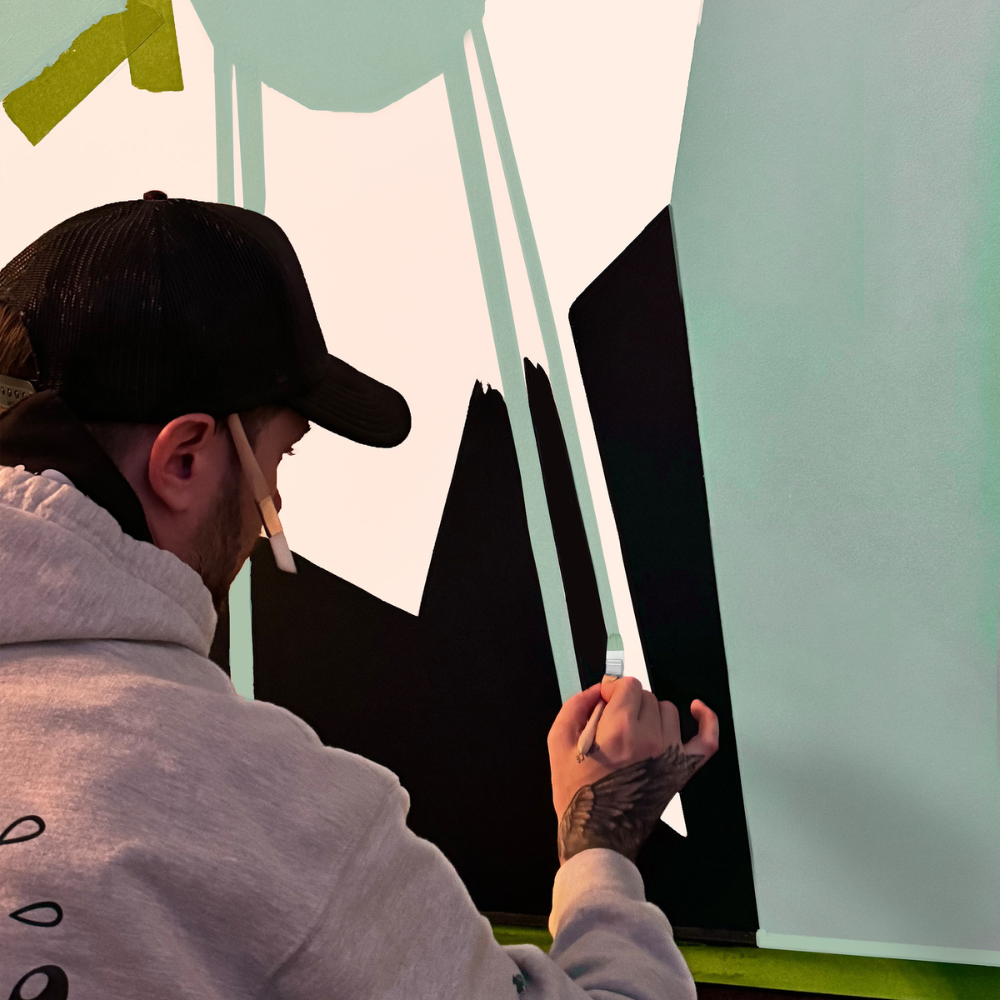 How-to Series
How-to Series
This month, we put a spotlight on Kyle Mosher, a Charlotte, NC-based artist who expertly bridges fine art traditions with contemporary culture.
 How-to Series
How-to Series
 How-to Series
How-to Series
@charliefrenchfineart is taking over our blog and weighing in on his favorite brushes. Can you guess which ones are his favs?
 How-to Series
How-to Series
Furniture refinisher, Lisa Pelow is taking over our blog and giving us her favorite go-to paint brushes for painting furniture. Enjoy!
"its like taking your first bite of a meal and it tastes better than expected"
"hands down the best brushes!!"
"its honestly unreal how much better your brushes are"
"love my zibra brushes!!! these babies glide like no other"
Welcome to our quiz!
Let us find the perfect product for you
Great! Let us help you narrow it down.What kind of things will you be painting?
Based on your answers, we recommend:
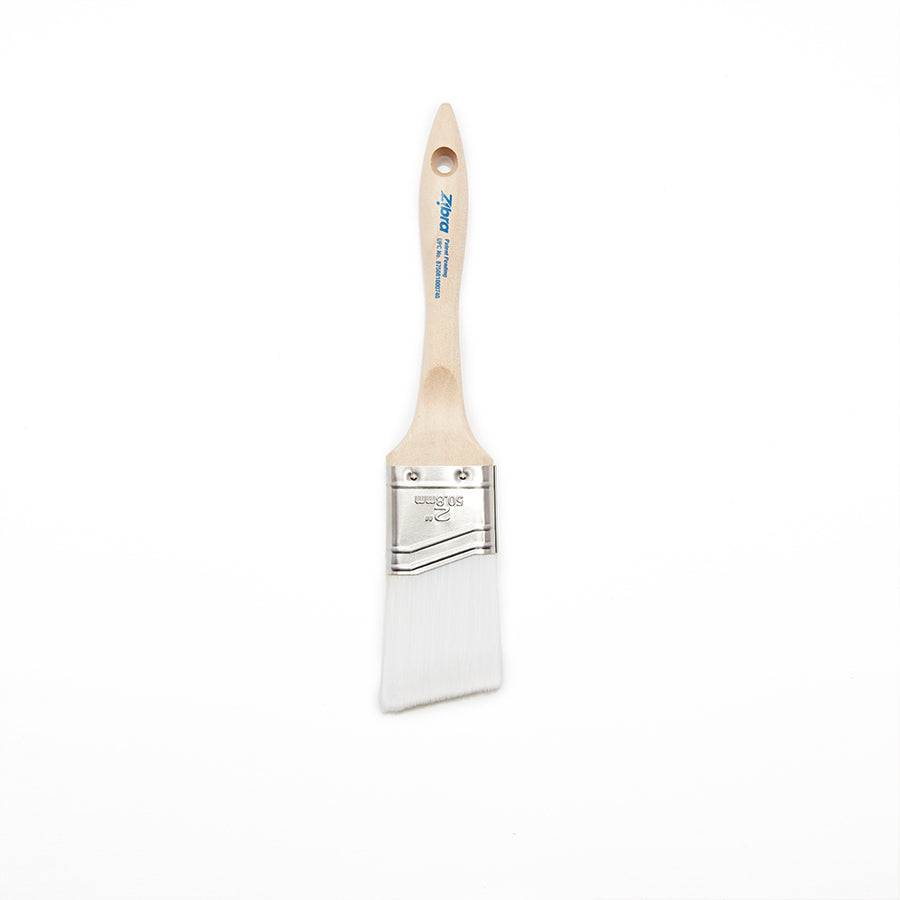

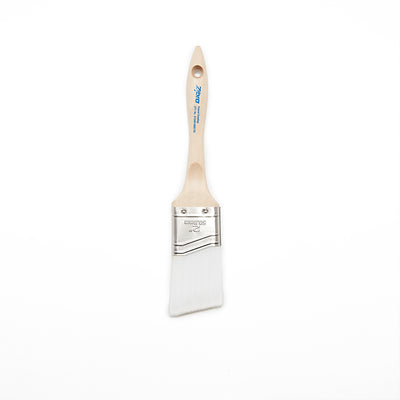



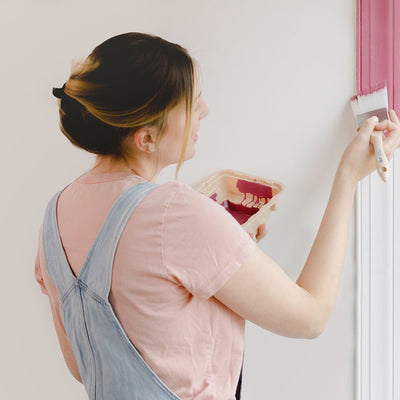



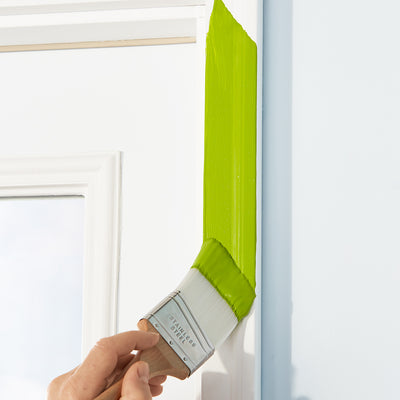



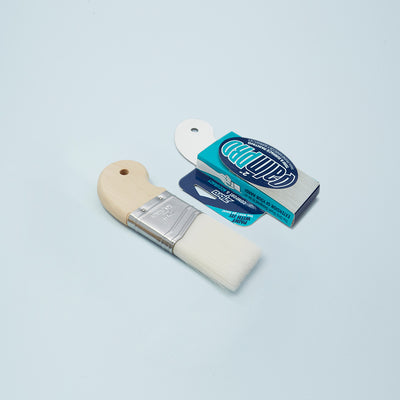

Earn 11 points on this purchase! Learn more
Painting ON trim around doors, windows, baseboards & ceilings

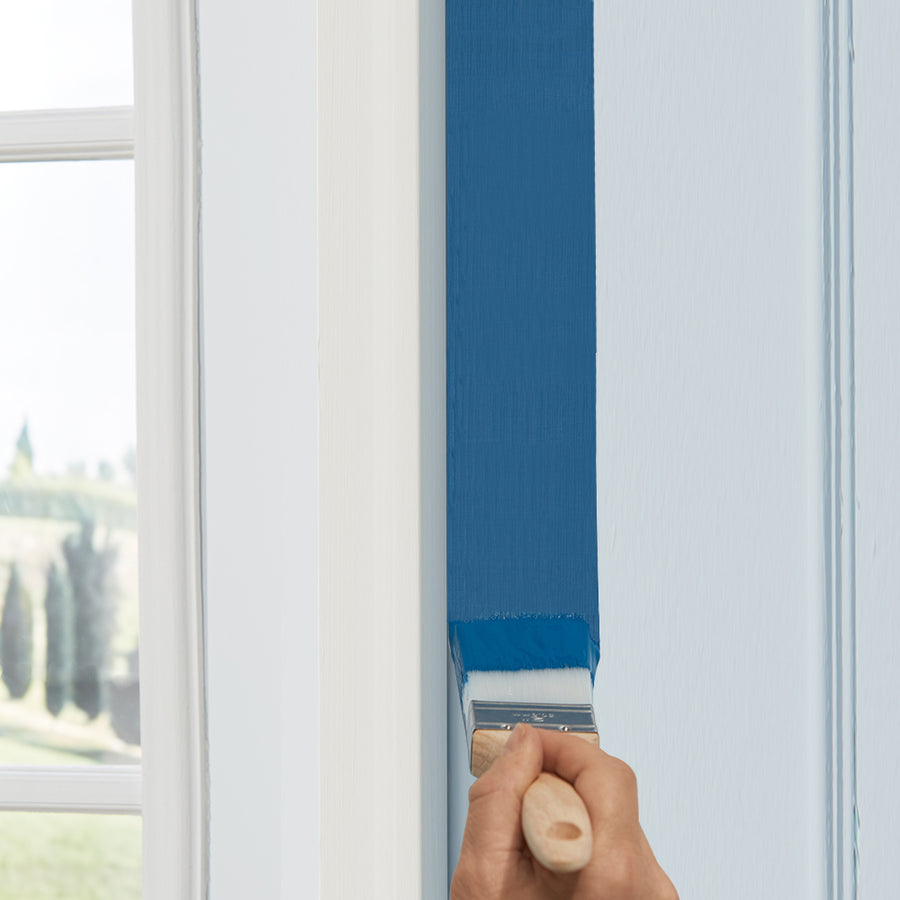




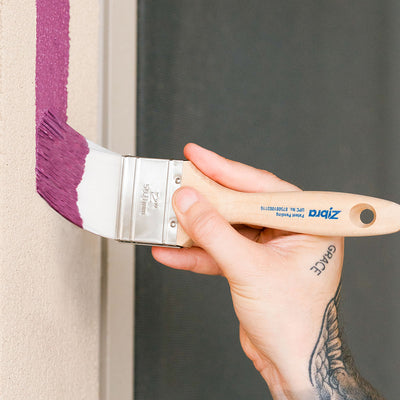

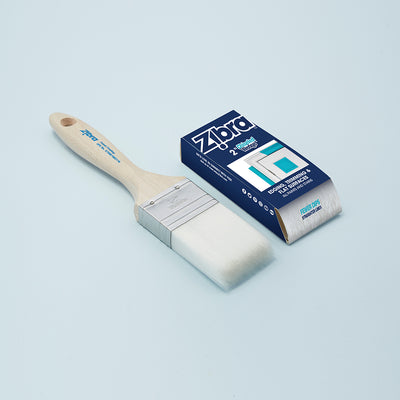



Earn 13 points on this purchase! Learn more
Combination flat and angled head guarantees maximum paint load for long runs





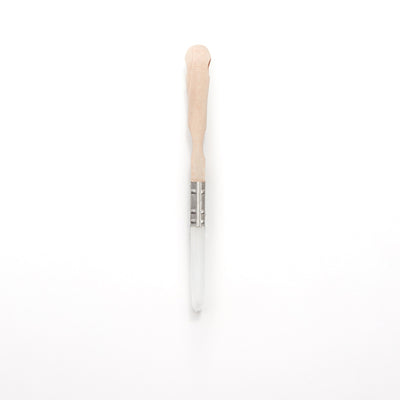




Earn 11 points on this purchase! Learn more
Ideal for painting NEXT to trim where exact lines and precision control is needed

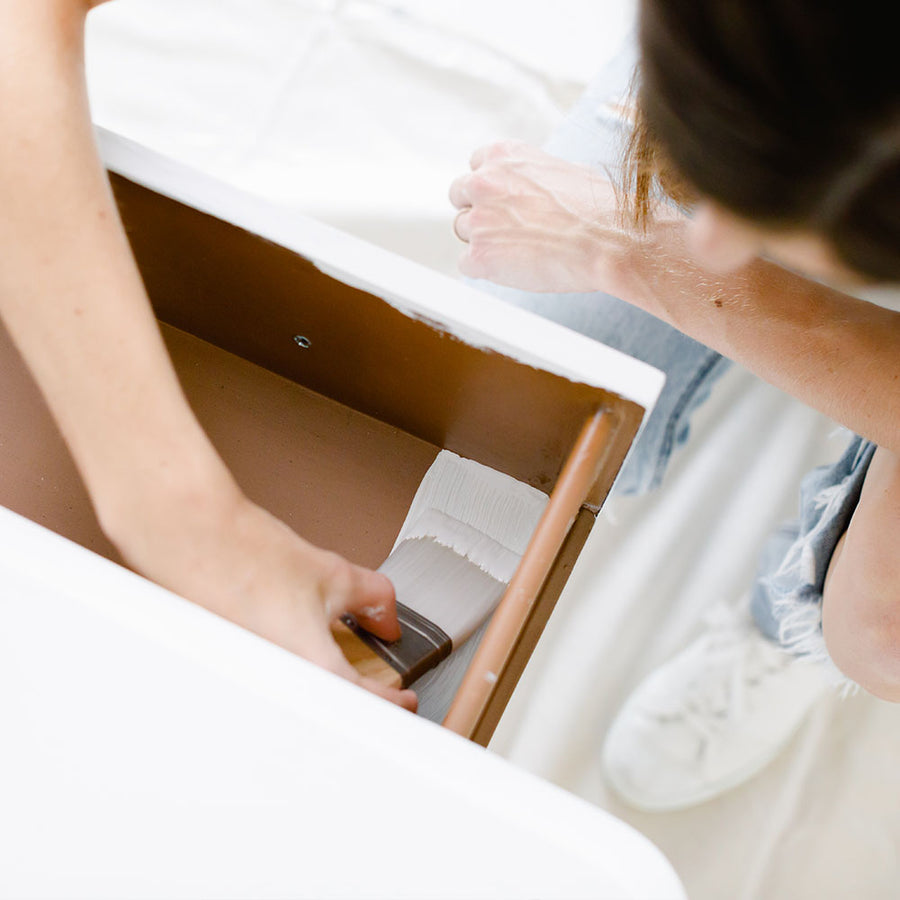






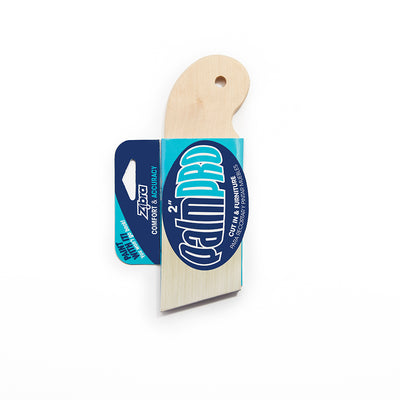



Earn 11 points on this purchase! Learn more
Fits comfortably in the palm of your hand, more comfort and more control especially for tight spaces
















Earn 11 points on this purchase! Learn more
Painting ON trim around doors, windows, baseboards & ceilings












Earn 13 points on this purchase! Learn more
Combination flat and angled head guarantees maximum paint load for long runs



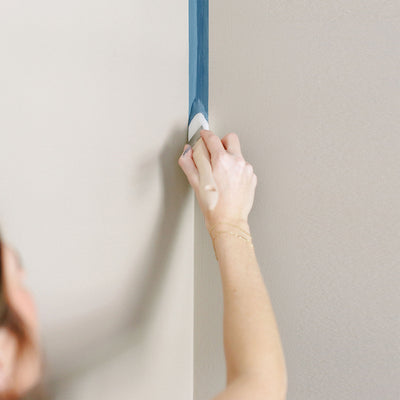



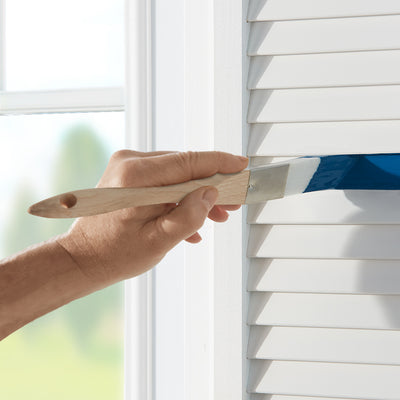


Earn 11 points on this purchase! Learn more
Paints corners with precision & accuracy, great for cutting in next to trim










Earn 53 points on this purchase! Learn more
Great for any project in your home: trim, furniture and detail work

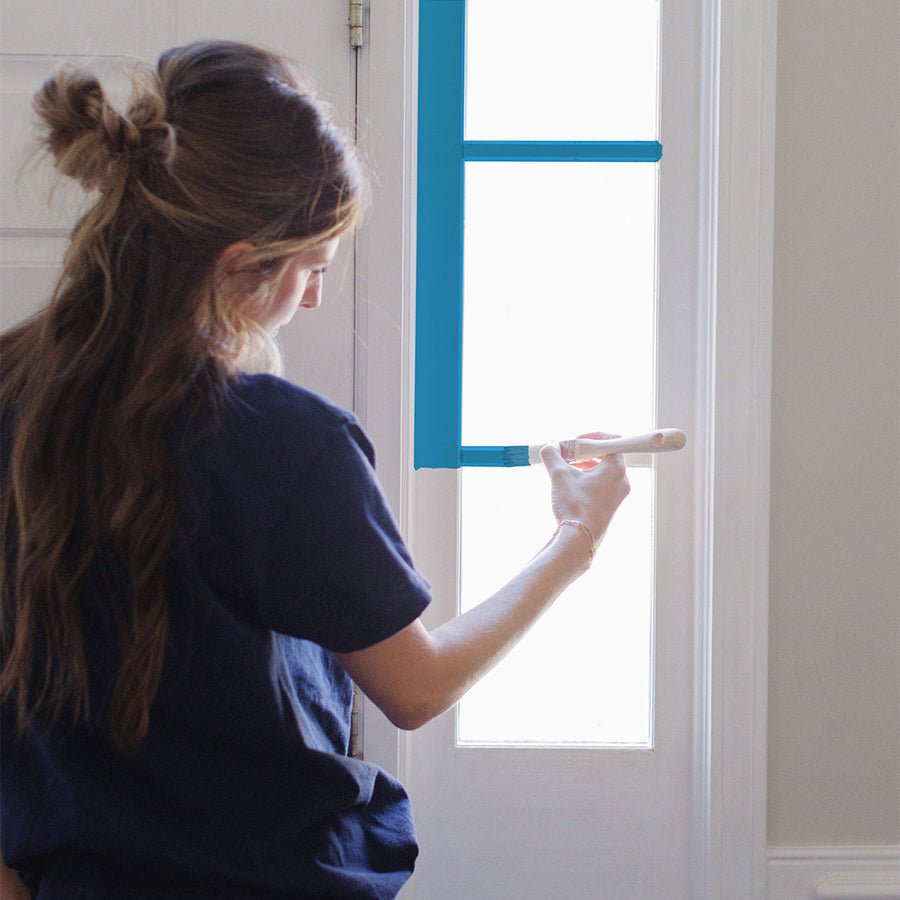










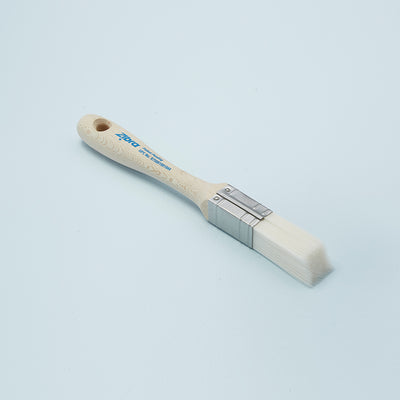
Earn 10 points on this purchase! Learn more
Narrow width with large filament pack out providing smooth finish and fewer dips










Earn 10 points on this purchase! Learn more
Designed to hug unique shapes & crevices in a multitude of different molding styles

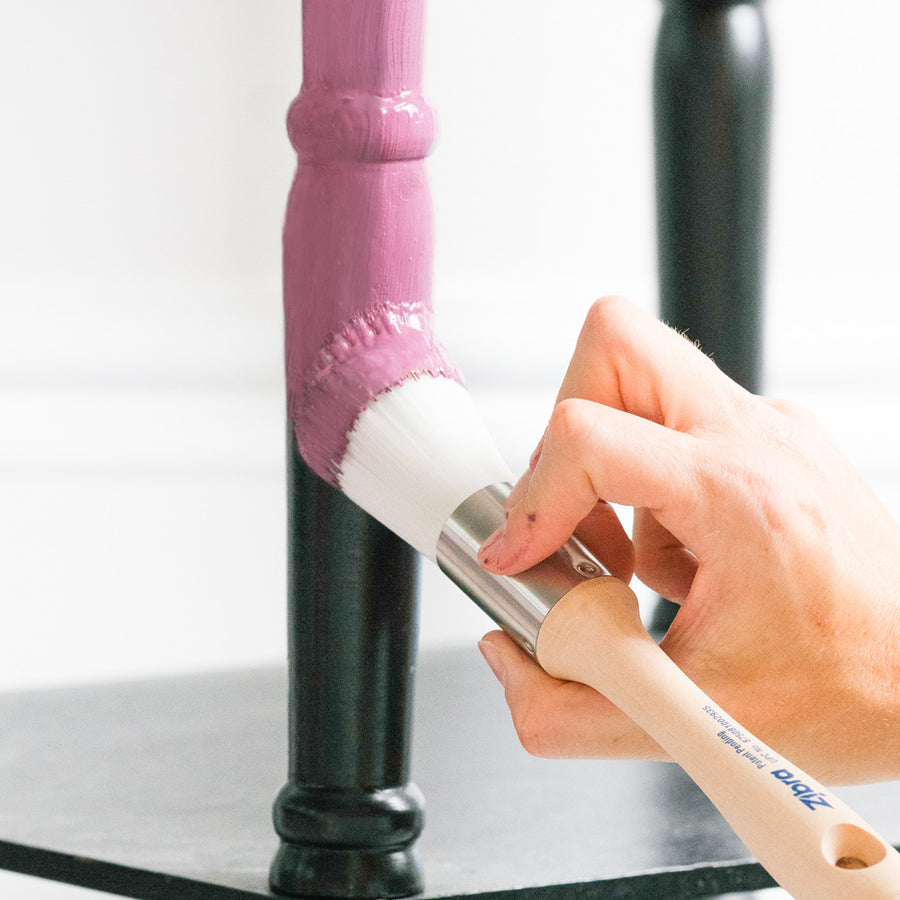
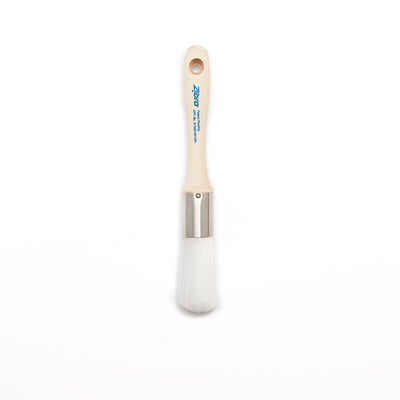

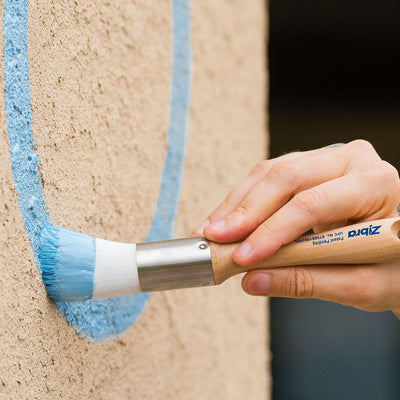




Earn 11 points on this purchase! Learn more
Large pack out for anything round or cylindrical and any ornate details










Earn 10 points on this purchase! Learn more
Designed to hug unique shapes & crevices in a multitude of different molding styles









Earn 11 points on this purchase! Learn more
Large pack out for anything round or cylindrical and any ornate details










Earn 10 points on this purchase! Learn more
Designed to hug unique shapes & crevices in a multitude of different molding styles












Earn 11 points on this purchase! Learn more
Fits comfortably in the palm of your hand, more comfort and more control especially for tight spaces










Earn 11 points on this purchase! Learn more
Ideal for painting NEXT to trim where exact lines and precision control is needed












Earn 13 points on this purchase! Learn more
Combination flat and angled head guarantees maximum paint load for long runs
















Earn 11 points on this purchase! Learn more
Painting ON trim around doors, windows, baseboards & ceilings
















Earn 11 points on this purchase! Learn more
Painting ON trim around doors, windows, baseboards & ceilings












Earn 11 points on this purchase! Learn more
Fits comfortably in the palm of your hand, more comfort and more control especially for tight spaces












Earn 13 points on this purchase! Learn more
Combination flat and angled head guarantees maximum paint load for long runs












Earn 11 points on this purchase! Learn more
Fits comfortably in the palm of your hand, more comfort and more control especially for tight spaces









Earn 11 points on this purchase! Learn more
Large pack out for anything round or cylindrical and any ornate details
















Earn 11 points on this purchase! Learn more
Painting ON trim around doors, windows, baseboards & ceilings










Earn 11 points on this purchase! Learn more
Paints corners with precision & accuracy, great for cutting in next to trim










Earn 10 points on this purchase! Learn more
Designed to hug unique shapes & crevices in a multitude of different molding styles












Earn 13 points on this purchase! Learn more
Combination flat and angled head guarantees maximum paint load for long runs
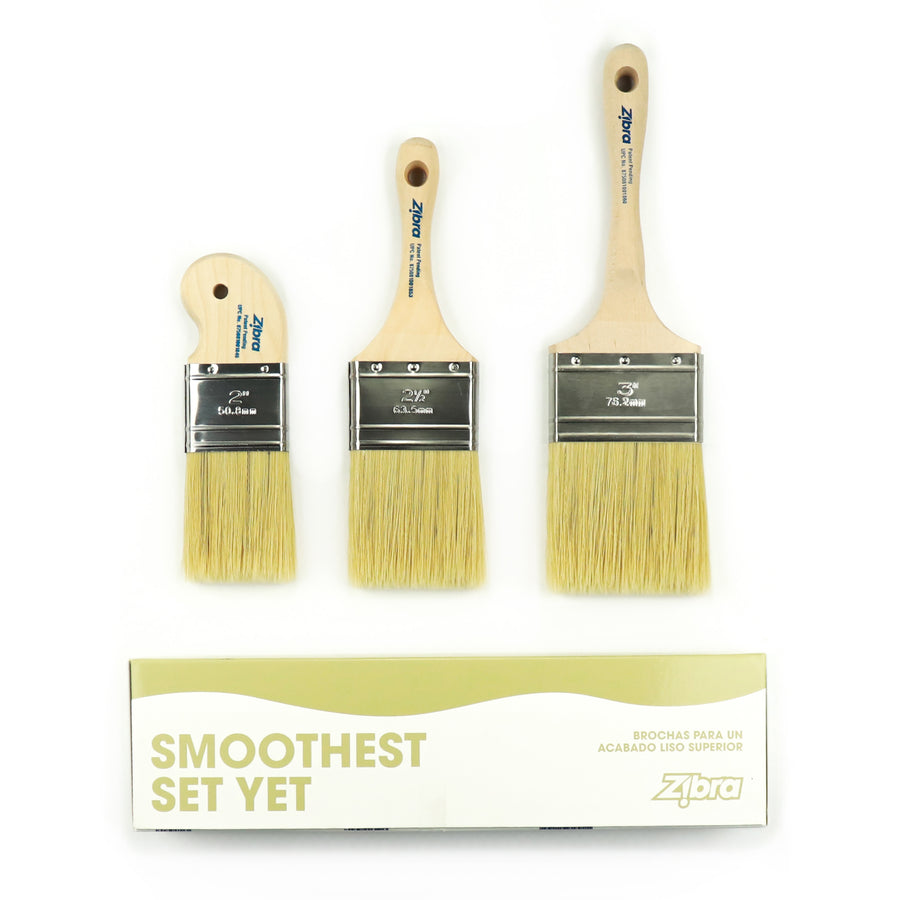
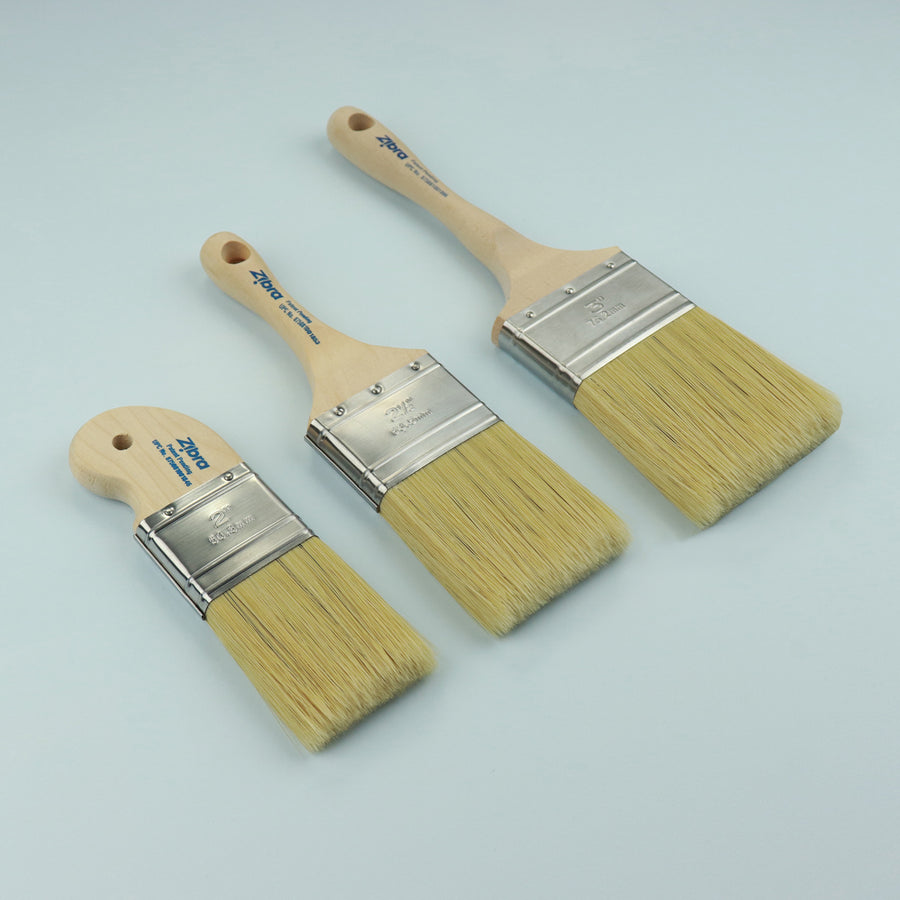
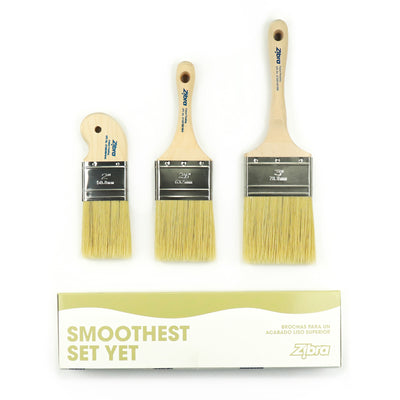



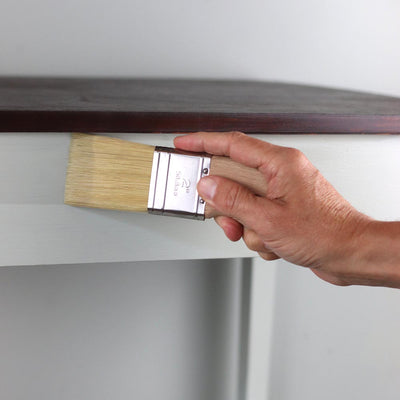
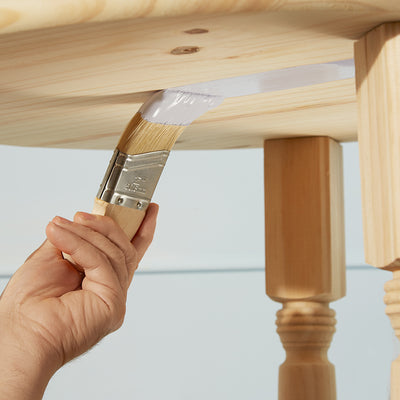


Earn 43 points on this purchase! Learn more
Each brush is engineered and crafted with filaments replicating natural bristles




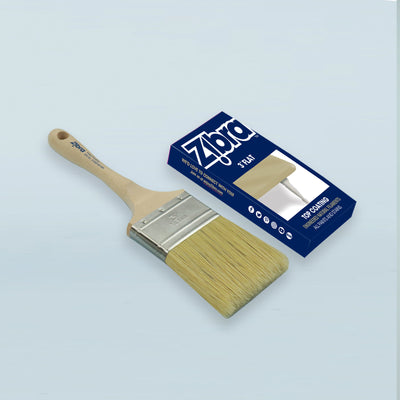

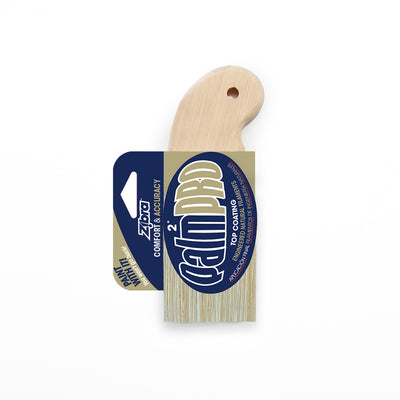
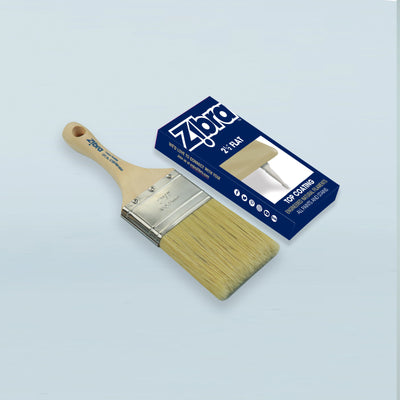

Earn 13 points on this purchase! Learn more
Our Top Coat brushes are engineered and crafted with filaments replicating natural bristles









Earn 11 points on this purchase! Learn more
Large pack out for anything round or cylindrical and any ornate details










Earn 10 points on this purchase! Learn more
Designed to hug unique shapes & crevices in a multitude of different molding styles









Earn 11 points on this purchase! Learn more
Large pack out for anything round or cylindrical and any ornate details









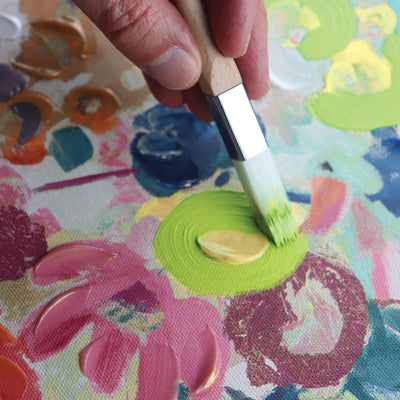
Earn 13 points on this purchase! Learn more
3 piece artist paintbrush set ideal for murals, canvas painting and crafts










Earn 10 points on this purchase! Learn more
Designed to hug unique shapes & crevices in a multitude of different molding styles










Earn 13 points on this purchase! Learn more
3 piece artist paintbrush set ideal for murals, canvas painting and crafts












Earn 13 points on this purchase! Learn more
Combination flat and angled head guarantees maximum paint load for long runs










Earn 13 points on this purchase! Learn more
3 piece artist paintbrush set ideal for murals, canvas painting and crafts

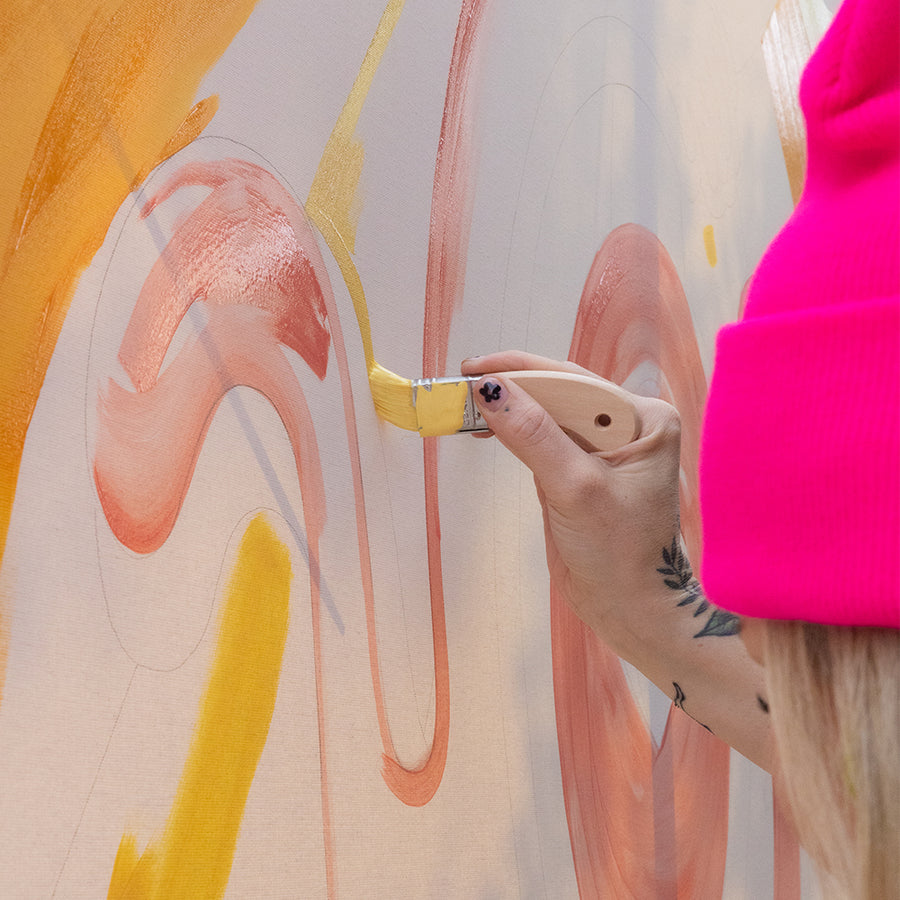

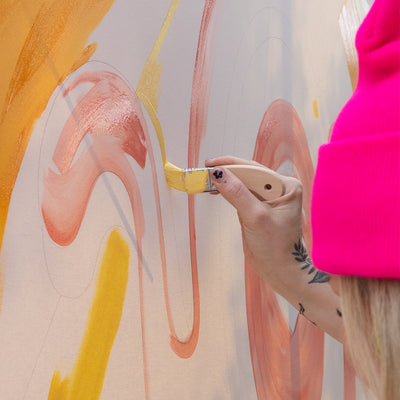
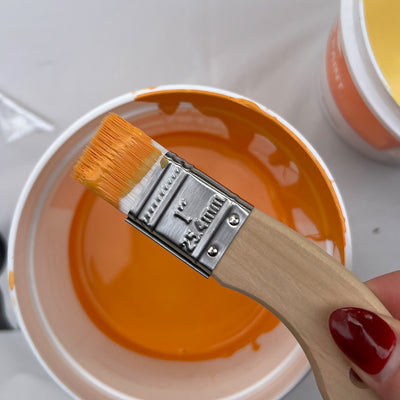




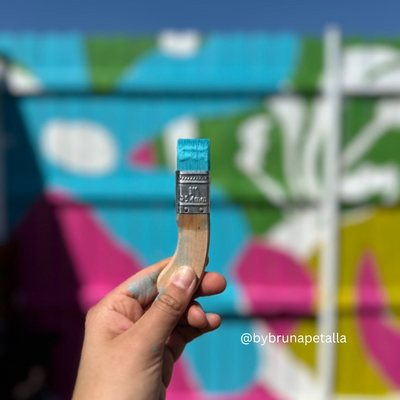




Earn 10 points on this purchase! Learn more
Introducing the latest addition to our Palm Pro family – the Palm Artist Paint brush










Earn 13 points on this purchase! Learn more
3 piece artist paintbrush set ideal for murals, canvas painting and crafts
Get exclusive offers and tips
